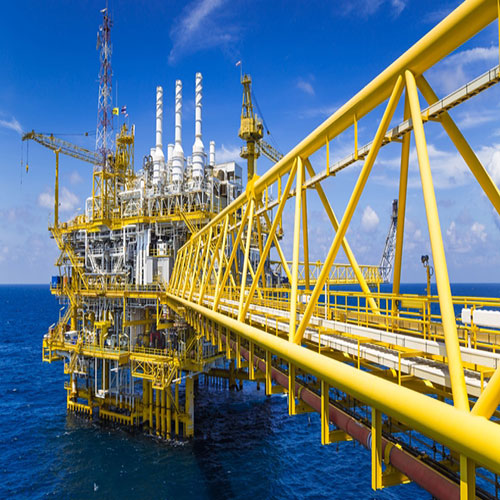Oleochemical

Oleochemical
Malaysia is a leading global oleochemical producer and exporter, accounting for 25% of the world's capacity for fatty acids and natural fatty alcohols, with production capacity of more than 3 million tonnes. Supporting the oleochemical industry is an abundant supply of palm oil with Malaysia being the world's second largest palm oil producer, producing 19.7 million tonnes of crude palm oil in 2015 (based on statistics compiled by the Malaysian Palm Oil Board).
Within Malaysia, Johor state, where Pengerang Maritime Industrial Park is located, is among the top three palm oil and oleochemical producing states. Johor is the second largest crude palm oil producer, accounting for 17% of the country's palm oil production, and is the third largest oleochemical producer, with capacity to produce 25% of the country's oleochemical market.Pengerang Maritime Industrial Park, being within Iskandar Malaysia, is supported by developed infrastructure, dedicated utilities and services including a palm oil industry cluster to provide a conducive environment for investments and expansion within this industry.
Ongoing Trend For The Energy Sector Of Malaysia
Malaysia's energy demand will almost double between today and 2040, with rising contributions from all energy sources.
Fossil fuels remain dominant in Malaysia's energy mix, with its share still projected to exceed 90% by 2040, although the hierarchy changes. Coal demand increases by more than a factor of three over the projection period, overtaking both oil and gas to become the primary fuel in the country's energy mix. Oil demand is projected to rise to about 1 million barrels per day by 2040, while the growth in natural gas demand slows.
Demand for renewables more than doubles by 2040, with their share of electricity generation rising to 16%, underpinned by strong policy support.
Malaysia's role in international markets shifts as the country becomes increasingly dependent on oil and coal imports, while natural gas exports fall back.
Source: Southeast Asia Energy Outlook 2015, by International Energy Agency (IEA)








